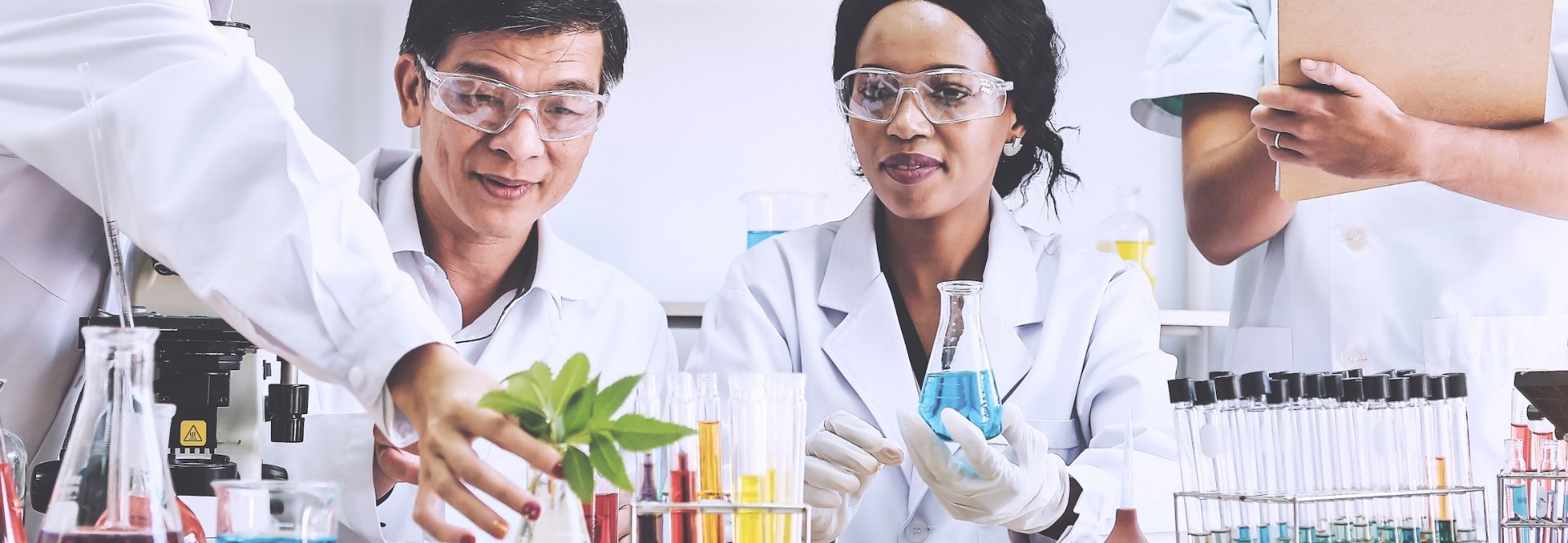

Collaboration in Science Like in The COVID-19 Pandemic a model for the future
The Covid-19 NMR Consortium was born out of the need for a fast response to the threat of the pandemic. Early on, researchers realised that a critical success factor in combating the spread of the virus was to collaborate on a global scale, overturning the traditional model and sharing scientific results immediately.
Webinar Overview
Key to overcoming the SARS-CoV-2 virus is to understand its structure – and the goal of the Covid-19 NMR Consortium is to change the way the scientific community collaborates, breaking down barriers to work transparently and internationally, to achieve results far more quickly. The consortium uses NMR spectroscopy to analyze the RNA and protein components of the virus, and how they are structured. The aims of the research are two fold: firstly to find a treatment for SARS-CoV-2 through supporting the development of effective anti-viral drugs and secondly to investigate the impact of viral mutations through an understanding of how the structure of the viral proteins has changed as a result.
Tuesday June 15, 2021
Speaker
Harald Schwalbe
Harald Schwalbe (born March 26, 1966 in Frankfurt am Main ) is professor and Deputy Managing Director at the Center for Biomolecular Magnetic Resonance (BMRZ) at the Goethe University Frankfurt am Main. At the Institute for Organic Chemistry and Chemical Biology there, he heads the "Structural Chemistry and Biology / NMR Spectroscopy" department and gives lectures on organic chemistry and in the field of nuclear magnetic resonance spectroscopy . His research focus is on the application of NMR spectroscopy to investigate the building blocks of protein synthesis : DNA , RNA and proteins.
Registration
Prof. Mei Hong
Professor of Chemistry - Department of Chemistry, Massachusetts Institute of Technology, Cambridge, Massachusetts, USA
The Hong group at MIT develops and applies magic-angle-spinning solid-state NMR spectroscopy to elucidate the structure and dynamics of biological macromolecules.